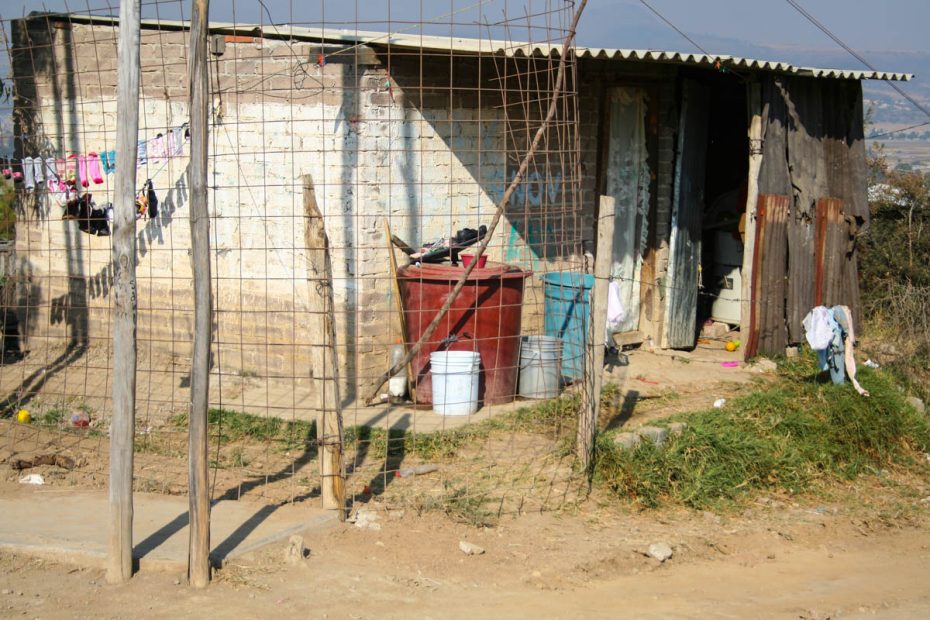What Is Life Like for Mexico’s Suburban Poor?

Our child development centers are distributed in different types of settings in Mexico; the biggest difference is between urban and suburban areas. In the context of this blog post, the term “suburban” is defined a bit differently than in the developed world: Suburban areas are smaller cities or towns, normally located on the outskirts of main cities, with at least 5,000 inhabitants, but with few services.
Continue Reading ›What Is Life Like for the Urban Poor in Mexico’s Cities?

Our child development centers are distributed in different types of settings in Mexico; the biggest difference is between urban and suburban areas.
In the context of this blog post, the terms “urban” is defined a bit differently than in the big cities of the developed world: An urban area corresponds to small communities concentrated in cities with more than 10,000 inhabitants, with the majority of public services at hand.
Continue Reading ›Child Sponsorship: Life After Graduation
Tulancingo is located in a semidesert valley in central México. The view is beautiful and green with big cactus trees standing on the horizon.
The area of Tulancingo holds great history from the ancient Toltec and Otomi cultures. Although the inhabitants are mostly dedicated to farming and agriculture, a few other industries are also in the community. Their major products are dairy, meat, maize, barley and vegetables.
Tulancingo is the community where Proyecto Hormiga has worked with the support of Compassion México for more than 10 years now. They serve nearly 170 children from the community and have raised many children in their classrooms.
Most of the children here come from families with single moms or with parents who work either on the farm, as masons or in the nearby fields. The salaries are too small and the money earned to support the families is not enough.
The Compassion program has been a real blessing in the lives of these children; for most of them it means the opportunity to study beyond elementary school.
In the last year the student center graduated 15 teenagers in two different ceremonies where all families, children and staff recognized the success of these youngsters who have been considered “the pride of the program.”
We interviewed and visited some of them in their new activities. (more…)


